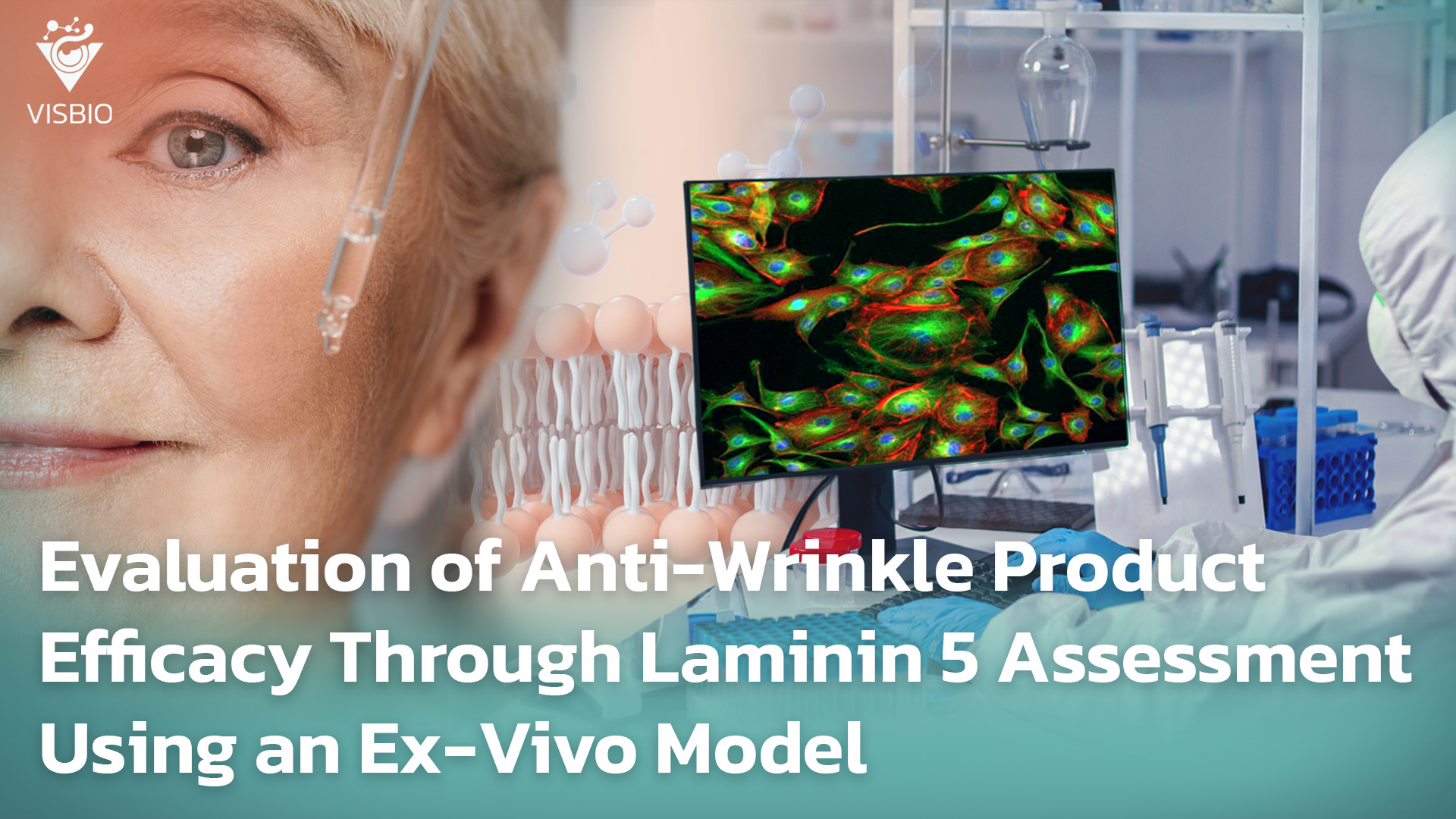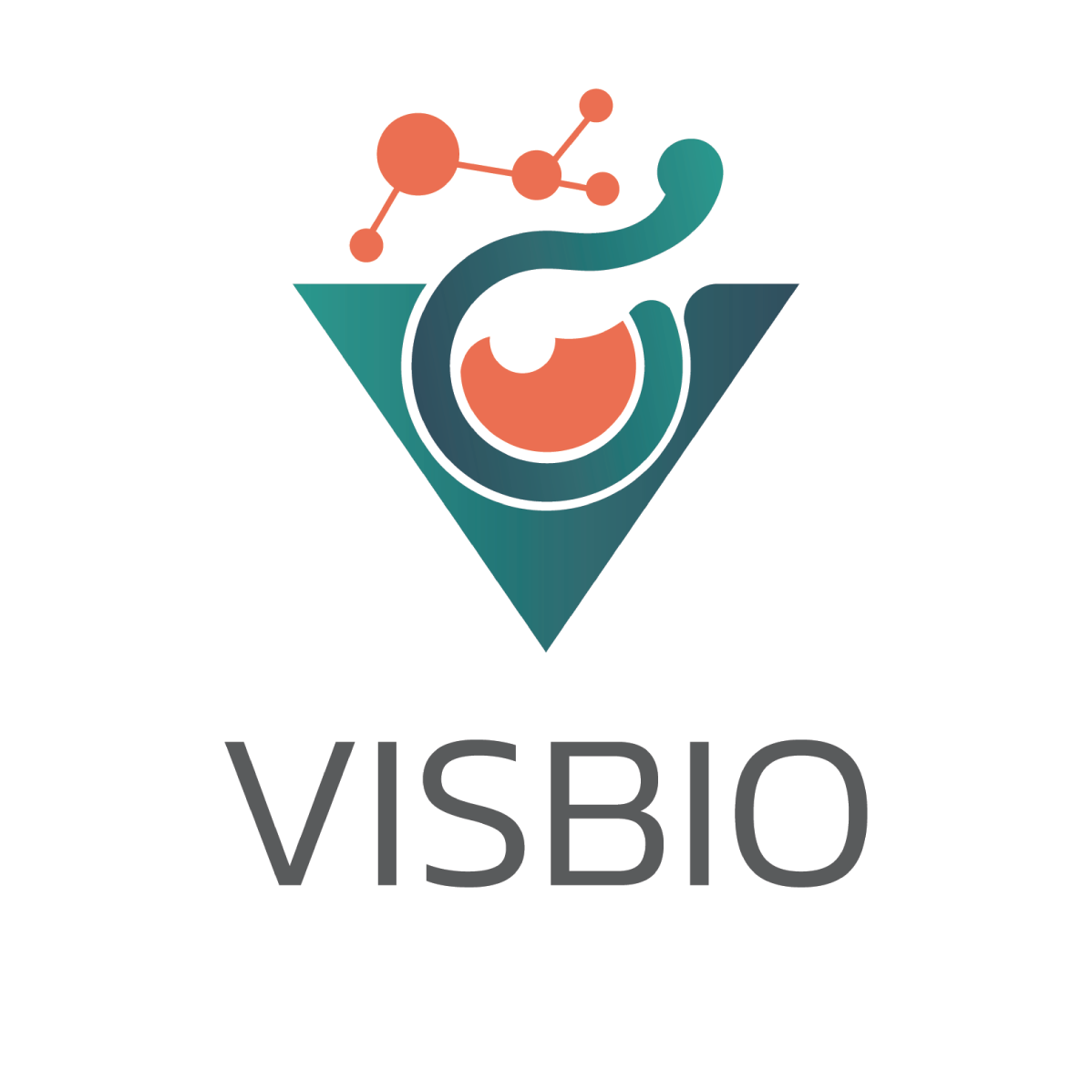
Evaluation of Anti-Wrinkle Product Efficacy Through Laminin 5 Assessment Using an Ex-Vivo Model
Ex-vivo human skin models play a crucial role in evaluating the efficacy of diverse anti-aging products, including finished cosmetic formulations, active ingredients, and pharmaceutical compounds. These models are instrumental in substantiating claims related to wrinkle reduction, skin elasticity enhancement, mitigation of age-related pigmentation, and improvement of skin hydration. Specifically, this testing methodology enables a rigorous examination of the impact of such interventions on key dermal components directly implicated in the formation of rhytides, most notably the protein Laminin 5, which is indispensable for maintaining the structural integrity and mechanical strength of the skin. A comprehensive understanding of the multifaceted role of Laminin 5 and the precise methodologies for assessing alterations in its expression and organization is paramount for the systematic development and selection of the most efficacious anti-wrinkle skincare products.
Laminin 5 (Laminin-332): A Cornerstone of Dermal Health
Structure and Function of Laminin 5
Laminin 5, also designated as Laminin-332, is a large, intricate heterotrimeric glycoprotein that constitutes a primary component of the basement membrane, particularly at the Dermal-Epidermal Junction (DEJ). The paramount function of Laminin 5 lies in its capacity to preserve the structural integrity of the skin. It serves as a fundamental constituent of the anchoring filaments that meticulously bridge basal keratinocytes in the epidermis to the underlying basement membrane and dermis. A critical role of Laminin 5 involves its contribution to hemidesmosome formation, a complex adhesion structure that facilitates robust attachment of the epidermis to the dermis. This strong anchorage is indispensable for the skin’s ability to withstand mechanical forces and prevent dermal-epidermal separation. Furthermore, Laminin 5 contributes significantly to the complete assembly of the basement membrane and may promote the recovery of compromised skin. The integrity of the basement membrane at the DEJ is therefore essential for the overall stability of the skin. The intricate communication between the epidermis and dermis, mediated via this basement membrane, is crucial for maintaining skin homeostasis.
Alterations in Laminin 5 and DEJ in Relation to Wrinkle Formation
Skin aging, whether driven by intrinsic aging (chronological aging) or extrinsic aging (photoaging), induces significant alterations in Laminin 5 and the overarching DEJ architecture. Research indicates a discernible reduction in the expression of Laminin 5 (LAMA5) at both mRNA and protein levels in aged skin compared to youthful skin, irrespective of sun exposure. This observed decline suggests a potential weakening of the DEJ integrity, a phenomenon consistently associated with both chronological aging and photodamage.
Specifically, the expression of Laminin 332 is markedly diminished in the upper regions of rete ridges in aged skin, resulting in a less uniform distribution of Laminin 332 along the DEJ. The progressive loss of Laminin 5 and the concomitant structural changes within the DEJ culminate in diminished dermal-epidermal adhesion, retarded skin repair mechanisms, and the overt manifestation of wrinkles and skin laxity, which are hallmark characteristics of aged skin. Consequently, Laminin 5 serves as a pivotal biomarker for assessing the efficacy of anti-wrinkle products.
Quantitative Analysis of Anti-Wrinkle Efficacy Through Laminin 5 Measurement via Immunofluorescence (IF)
Quantitative analysis of Immunofluorescence (IF) images is a critical step in assessing changes in Laminin 5, a key indicator of DEJ health and anti-wrinkle product efficacy. The Mean Fluorescence Intensity (MFI) of Laminin 5 staining along the DEJ provides a robust quantitative measure. An increase in Laminin 5 expression, manifested as heightened intensity, enhanced continuity, or increased thickness of Laminin 5 staining at the DEJ, is indicative of a positive anti-wrinkle effect. This signifies a strengthening of the DEJ structure and an improvement in dermal-epidermal adhesion.
Evaluation of Anti-Wrinkle Efficacy by Laminin 5 Testing: Appropriate Sample Types
Wrinkles represent a primary and conspicuous manifestation of cutaneous degradation, resulting from a confluence of factors including the reduction in collagen and elastin, as well as the deterioration of the Dermal-Epidermal Junction (DEJ). In tropical environments, solar radiation significantly accelerates the degradation of these vital structures. Laminin 5 (presently more commonly referred to as Laminin-332) is an indispensable protein that constitutes a major component of the Basement Membrane Zone (BMZ), strategically located at the DEJ. Its fundamental role is to facilitate robust adhesion between the epidermis and the dermis. The degradation or disorganization of the DEJ and Laminin 5 consequently compromises this adhesive strength, leading to skin laxity and the formation of wrinkles. Therefore, maintaining or stimulating the synthesis of Laminin 5 represents a crucial strategy in the combat against cutaneous aging.
The ex-vivo human skin model comprises viable skin tissue that retains its inherent anatomical structure, thereby enabling the evaluation of the effects of products or active ingredients on Laminin 5 and the DEJ structure under conditions closely mimicking the physiological state. The experimental protocol typically involves incubating ex-vivo skin explants with the test substance, followed by histological preparation. Subsequently, Immunohistochemistry (IHC) techniques are employed to detect Laminin 5 using specific antibodies, allowing for the microscopic assessment of Laminin 5 expression and organization. If a product demonstrates the capacity to augment Laminin 5 expression or refine its organizational pattern, it signifies a potential to enhance DEJ strength and ameliorate the appearance of wrinkles.
Examples of products, active ingredients, and topical medications suitable for this testing methodology include:
- Products:
- Anti-wrinkle and firming formulations: These products are specifically designed to target visible signs of aging by improving skin elasticity and reducing the depth and prominence of wrinkles.
- Skin restorative products focused on photo-damage recovery: These formulations aim to repair and rejuvenate skin that has been compromised by chronic sun exposure, often by stimulating the synthesis of crucial structural proteins.
- Active Ingredients:
- Peptides: These short chains of amino acids can act as signaling molecules, promoting the synthesis of various dermal components, including those involved in DEJ integrity.
- Yeast extracts (or Glycokines): These ingredients are known for their restorative and regenerative properties, potentially influencing cellular processes vital for skin health and structure.
- Certain plant extracts: Some botanical extracts, particularly those from tropical flora, have demonstrated properties that support the health of the DEJ and stimulate the production of structural proteins, as indicated by emerging research.
- Specific Growth Factors: These proteins play critical roles in cellular proliferation, differentiation, and adhesion, all of which are essential for maintaining the structural integrity of the skin and its regenerative capacity.
- Topical Medicine:
- Pharmaceutical formulations designed for topical application, targeting skin aging mechanisms.
Literature:
- Nishiyama, T., Amano, S., Tsunenaga, M., Kadoya, K., Takeda, A., Adachi, E., & Burgeson, R. E. (2000). The importance of laminin 5 in the dermal–epidermal basement membrane. Journal of Dermatological Science, 24(Suppl 1), S51–S59.
- Rousselle, P., & Beck, K. (2013). Laminin 332 processing impacts cellular behavior. Cell Adhesion & Migration, 7(1), 122–134.
- Roig‐Rosello, E., Dayan, G., Bovio, S., Manissier, P., Errazuriz, E., & Rousselle, P. (2024). Dermal stiffness governs the topography of the epidermis and the underlying basement membrane in young and old human skin. Aging Cell, 23(4), e14096.

